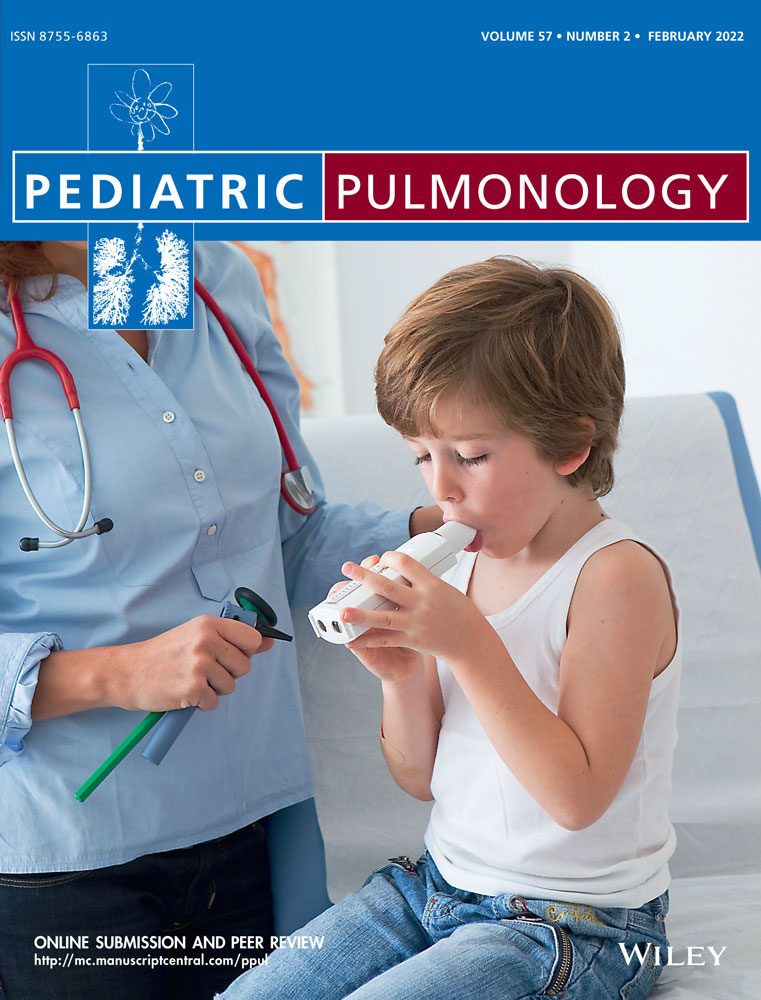Caregiver-perceived neighborhood safety and pediatric asthma severity: 2017–2018 National Survey of Children's Health
Abstract
Objective
To examine the association between caregiver-perceived neighborhood safety and pediatric asthma severity using a cross-sectional, nationally representative sample.
Study Design
Using data from the 2017–2018 National Survey of Children's Health, children aged 6–17 years with primary caregiver report of a current asthma diagnosis were included (unweighted N = 3209; weighted N = 3,909,178). Perceived neighborhood safety, asthma severity (mild vs. moderate/severe), demographic, household, and health/behavioral covariate data were collected from primary caregiver report. Poisson regression with robust error variance was used to estimate the association between perceived neighborhood safety and caregiver-reported pediatric asthma severity.
Results
Approximately one-third of children studied had moderate/severe asthma. A total of 42% of children with mild asthma and 52% of children with moderate/severe asthma identified as Hispanic or non-Hispanic Black. Nearly 20% of children with mild asthma and 40% of children with moderate/severe asthma were from families living below the federal poverty level (FPL). Children living in neighborhoods perceived by their caregiver to be unsafe had higher prevalence of moderate/severe asthma compared to those in the safest neighborhoods (adjusted prevalence ratio: 1.34; 95% confidence interval: 1.04–1.74). This association was found to be independent of race/ethnicity, household FPL, household smoking, and child's physical activity level after adjusting for covariates.
Conclusions
Children living in neighborhoods perceived by their caregiver to be unsafe have higher prevalence of moderate or severe asthma. Further investigation of geographic context and neighborhood characteristics that influence childhood asthma severity may inform public health strategies to reduce asthma burden and improve disease outcomes.
CONFLICT OF INTERESTS
The authors declare that there are no conflict of interests.
Open Research
DATA AVAILABILITY STATEMENT
The data that support the findings of this study are openly available in the Data Resource Center for Child and Adolescent Health at https://www.childhealthdata.org/dataset, reference number 18.




